-
No Roses For Harry! by Gene Zion and Margaret Bloy Graham Analysis
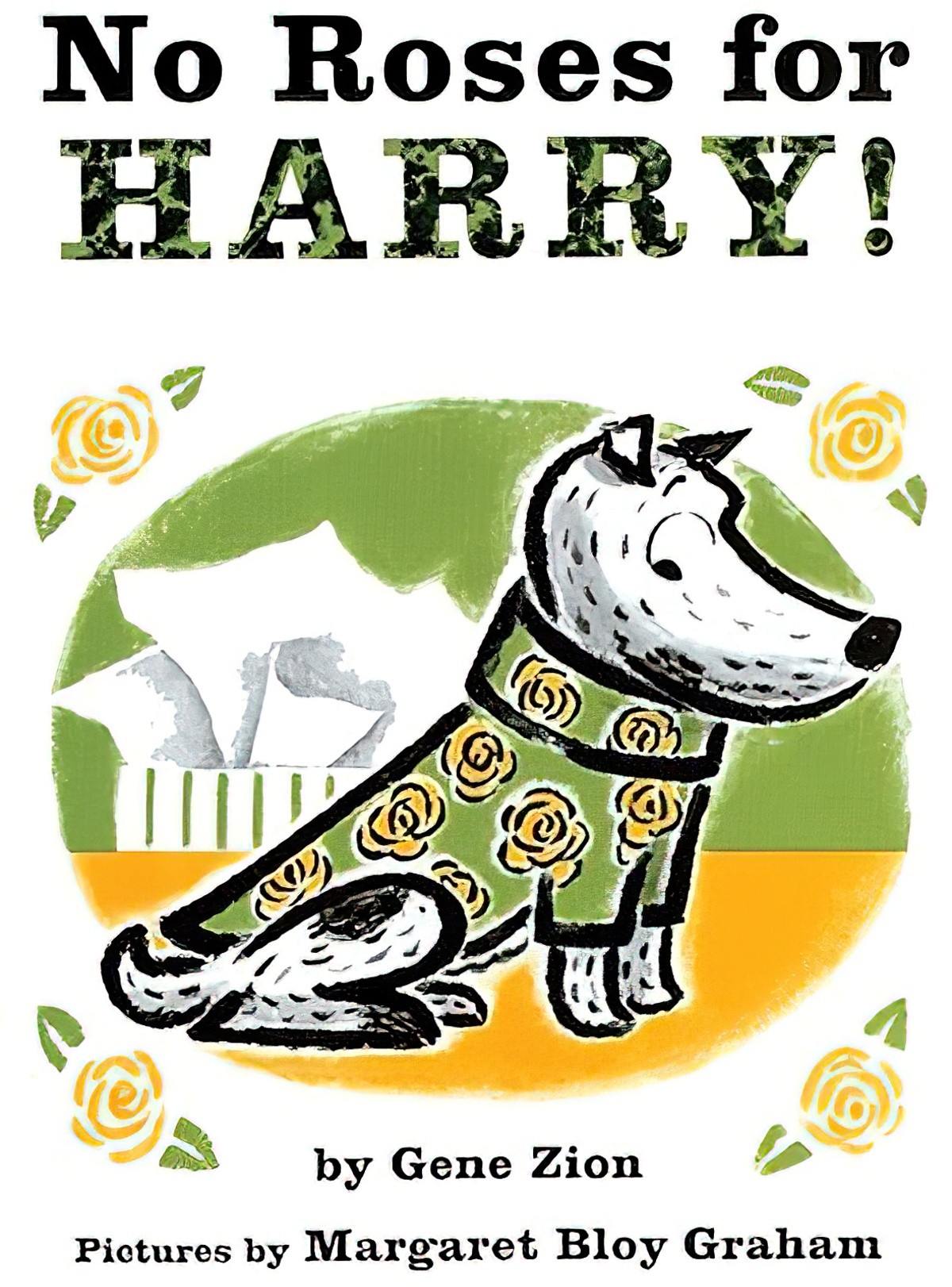
No Roses For Harry by Gene Zion and Margaret Bloy Graham (1958) is a sequel to Harry The Dirty Dog. I like this story less due to its increasingly outdated message about masculinity. WHAT HAPPENS IN NO ROSES FOR HARRY Human grandmother sends partly anthropomorphised pet dog a coat for the dog’s birthday. The coat […]
-
The Snowman by Raymond Briggs
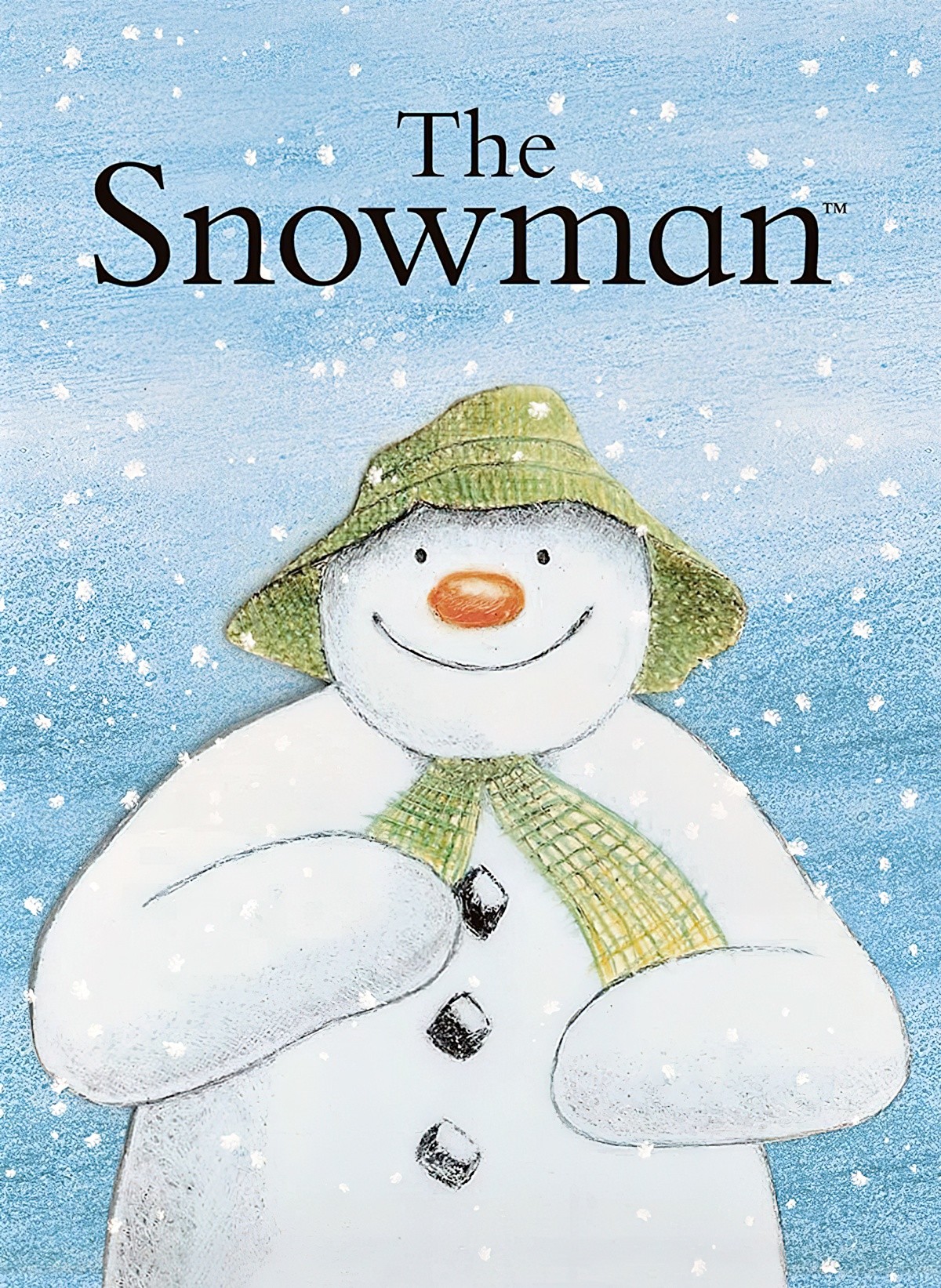
This month I’m blogging a series aimed at teaching kids how to structure a story. This seven-step structure works for all forms of narrative. It works for picture books, songs, commercials, films and novels. Today I take a close look at The Snowman by Raymond Briggs.
-
Bernadette by Mavis Gallant Analysis
The idea of a strange, perhaps untrustworthy housemaid is particularly discomfiting to a middle class who can afford such luxury; we hate to think that we invite our own evil into our comfortable homes. An untrustworthy woman let into the home is a familiar trope in horror stories, and is the basis of Mavis Gallant’s short […]
-
Stage and Cinematic Perspective In Art and Picture Books
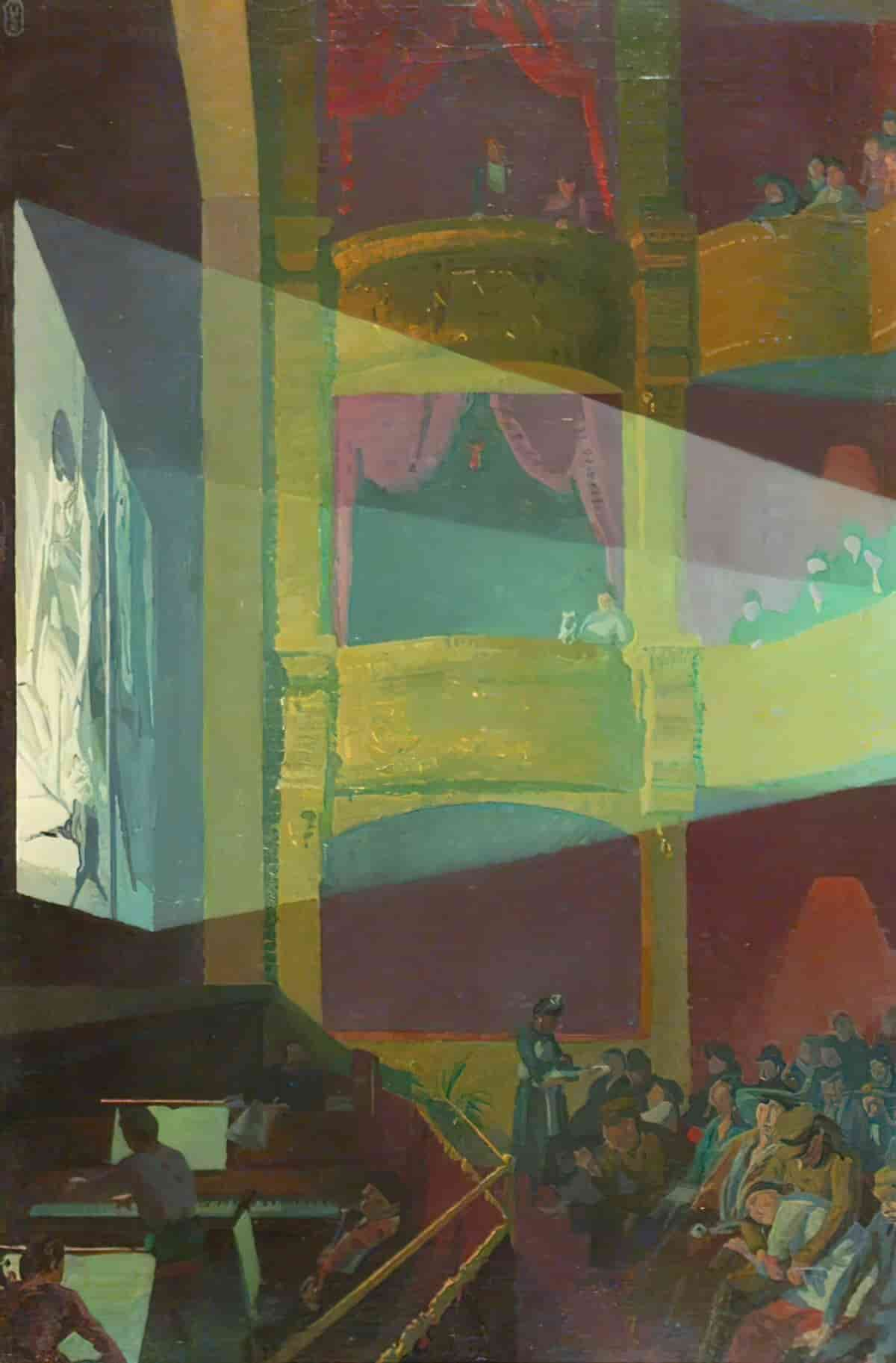
The Stage Perspective books look almost as if we are looking at a story acted out on a stage. Cinematic picture books are influenced by film, and make use of various camera angles: high angle, low angle, worm’s eye view, establishing shot and so on.
-
Picturebook Study: The Glance Curve
The glance curve describes a Western reader’s tendency to read a picture from left to right. This affects how illustrators compose scenes. In relation to the perception of visual art, the German psychologist Mercedes Gaffron (1908-93) argued in 1950 that Western viewers unconsciously followed a basic perceptual path in looking at two-dimensional perspectival representations—a left-to-right […]
-
Rudie Nudie by Emma Quay Analysis
In Rudie Nudie sister and brother have a bath together. Their mother towel dries them. Instead of getting dressed immediately, they take a few minutes to prance and leap and enjoy the way their textured environment feels against their skin. The story ends with their parents putting pyjamas on them and tucking them into bed. […]
-
Goodbye My Brother by John Cheever Analysis
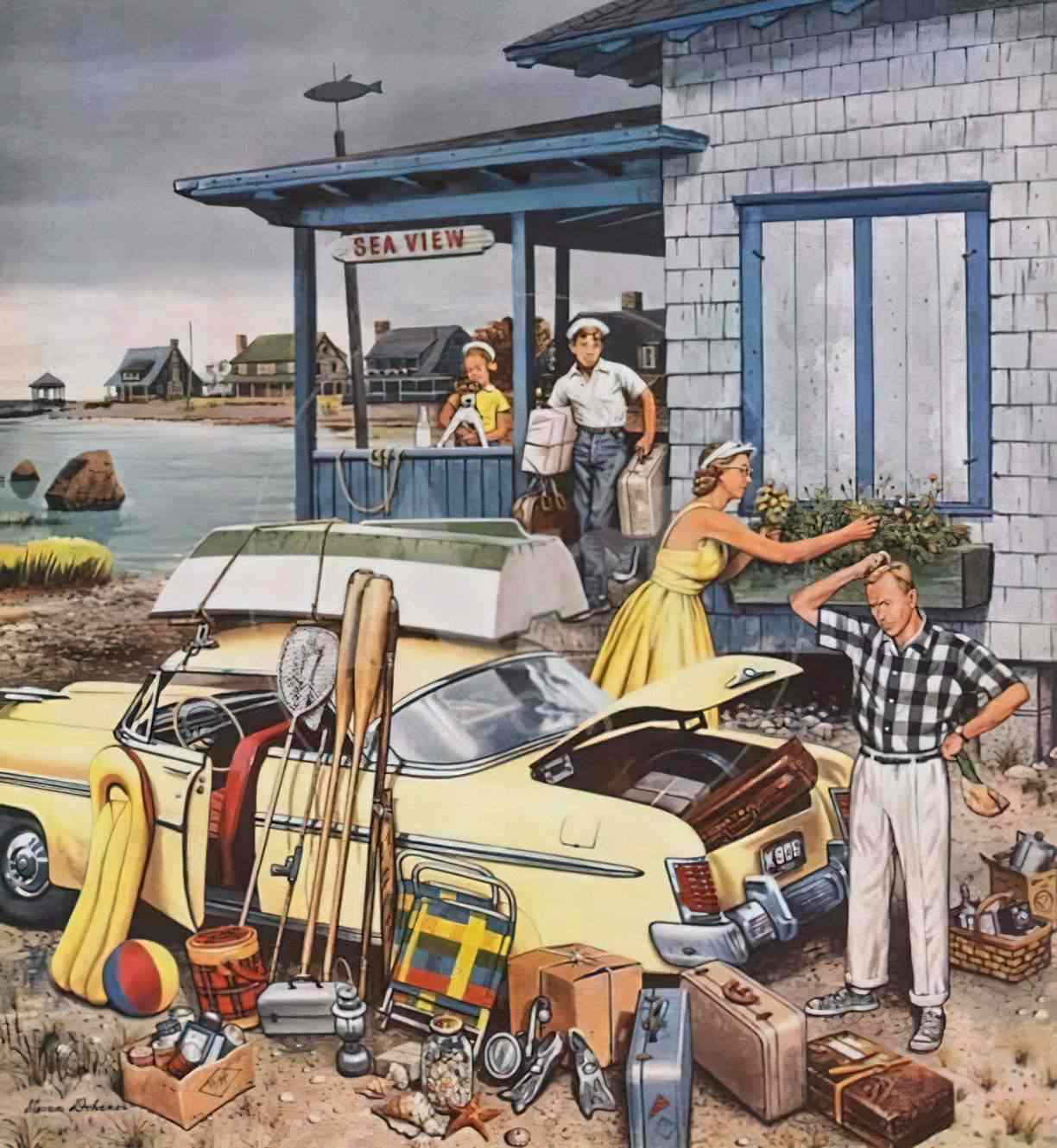
“Goodbye My Brother” is one of John Cheever’s best known short stories. In fact, it was this story which contributed to Cheever’s receiving his Guggenheim Scholarship. Cheever returned time and again to the dynamic of an uneasy relationship between two brothers. The relationship is always a metaphor for something bigger. I prefer the nihilist brother Lawrence, nick-named ‘Croaker’. […]
-
I Am Waiting by Christopher Isherwood Analysis
What might the ‘inverse of a superhero story’ look like? What if superpowers are given to ordinary men who do nothing with them? You may know Christopher Isherwood’s name from the film A Single Man or Christopher and His Kind. I Am Waiting is one of two short stories Isherwood had published in The New […]
-
Better Alternatives To Harry Potter aka Why The Hell Is JK Rowling’s Mashup So Popular?
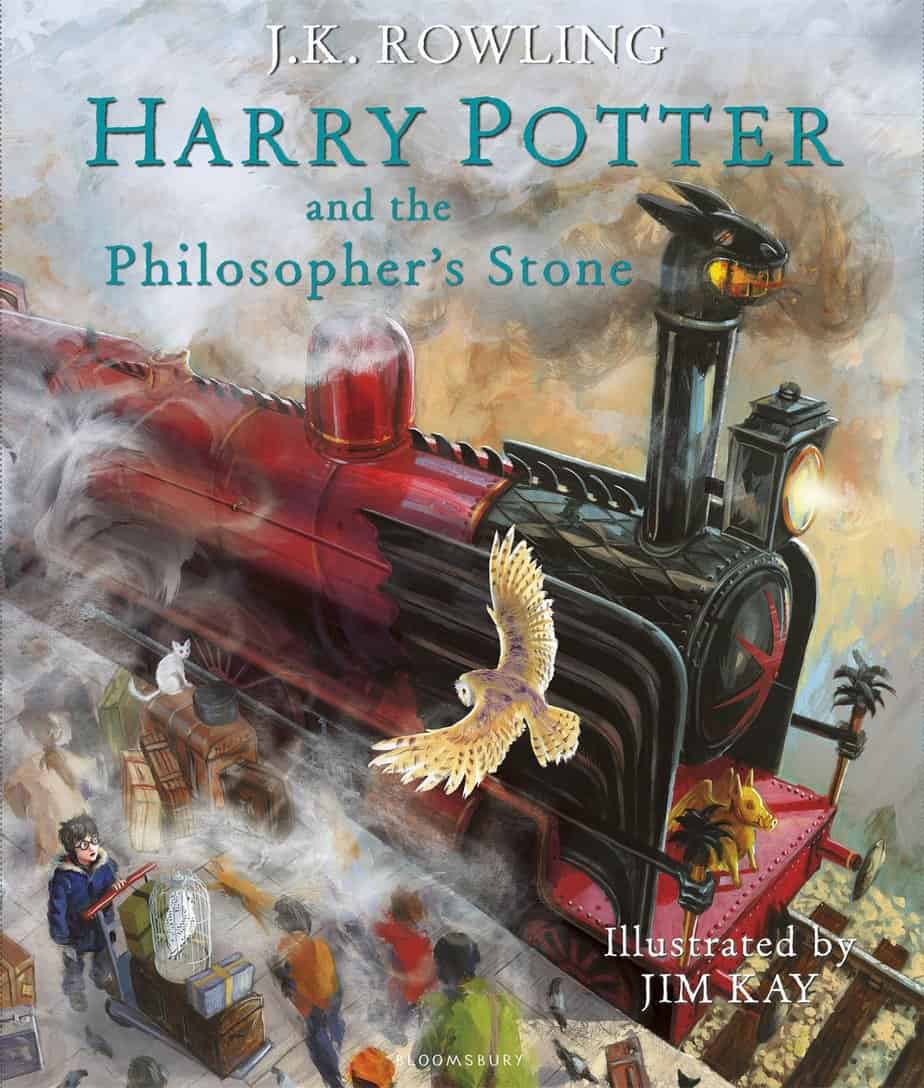
No one really knows why Harry Potter became so popular. In fact, many academics find Harry Potter relatively poorly executed, first from a storytelling perspective. Talking about another, better book, Diane Purkiss says the following: There’s no info dump; there’s no narrator; there’s no Dumbledore figure who in the last chapter plods in and says […]
-
Possum Magic by Mem Fox and Julie Vivas
Possum Magic is a classic Australian picture book by Mem Fox. https://www.youtube.com/watch?v=BboBeS-vhjg WHAT HAPPENS IN THE STORY OF POSSUM MAGIC Grandma Poss uses bush magic to make a child possum (Hush) invisible so that Hush won’t be eaten by snakes. (I’m going to put aside the fact that snakes seem to ‘see’ via vibrations, so […]
-
Thieves and Rascals by Mavis Gallant Analysis
“Thieves and Rascals” (1956) by Mavis Gallant is a masterclass in keeping part of the main interest out of the frame. One of the central characters is portrayed as an interesting character and I would like to ‘meet’ her on the page. Instead, as the story ends, I realise we’re not going to meet her at […]